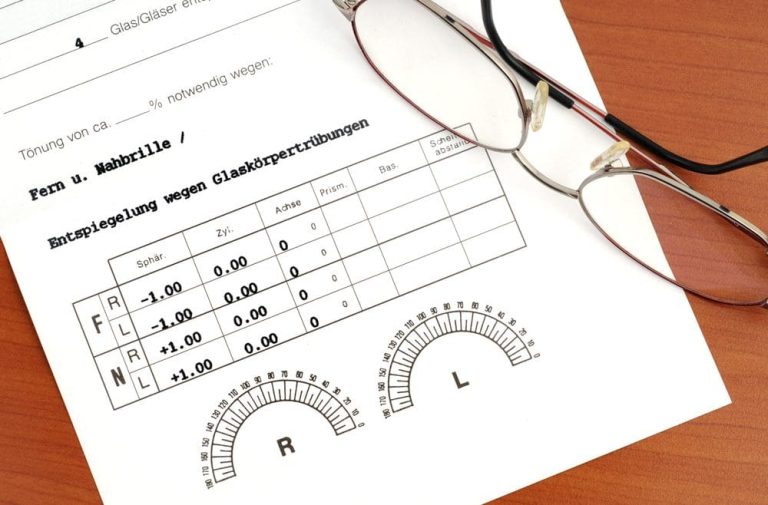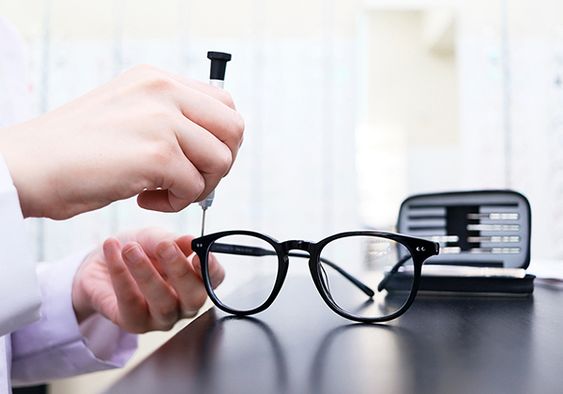How To Read Your Eyeglass Prescription: A Step-by-Step Guide
Receiving an eyeglass prescription from your eye care professional can sometimes feel like deciphering a code. With a series of numbers and abbreviations, it may seem overwhelming at first glance. However, understanding your eyeglass prescription is essential for obtaining the correct lenses to correct your vision. In this step-by-step guide, we’ll break down each component of your eyeglass prescription to help you navigate through it with ease.
Understanding the Basics
Before diving into the specifics of your eyeglass prescription, it’s essential to understand the basic terminology used by eye care professionals:
- OD (Oculus Dexter): Refers to the right eye.
- OS (Oculus Sinister): Refers to the left eye.
- Sphere (SPH): Indicates the amount of lens power needed to correct nearsightedness (negative values) or farsightedness (positive values).
- Cylinder (CYL): Specifies the degree of astigmatism correction, if present.
- Axis: Denotes the orientation of the cylinder for astigmatism correction.
- Addition (ADD): Indicates the additional power needed for reading or close-up tasks in multifocal prescriptions.
Deciphering Sphere Power
The sphere power, represented by the abbreviation SPH, indicates the strength of the lens needed to correct your refractive error. If the SPH value is preceded by a plus sign (+), it indicates farsightedness (hyperopia), while a minus sign (-) indicates nearsightedness (myopia). The higher the numerical value, the stronger the lens power required.
Understanding Cylinder and Axis for Astigmatism
If you have astigmatism, or an irregular curvature of the cornea or lens, your prescription may include cylinder (CYL) and axis values. The cylinder power indicates the degree of astigmatism correction, while the axis specifies the orientation of the cylinder in degrees. The axis value ranges from 0 to 180 degrees, with 90 degrees representing the vertical meridian and 180 degrees representing the horizontal meridian.
Interpreting Addition (ADD) for Multifocal Prescriptions
For individuals with presbyopia, a condition that affects near vision as we age, the eyeglass prescription may include an addition (ADD) value. This value indicates the additional power needed for reading or close-up tasks. The ADD value is typically positive and is added to the sphere power for the near vision correction.
Checking for Prism and Base Direction (Optional)
In some cases, your eyeglass prescription may include prism correction for eye alignment issues. The prism value denotes the amount of prism correction needed, while the base direction specifies the direction of the prism. However, prism correction is not commonly included in standard eyeglass prescriptions and is typically reserved for specialized cases.
Reading Example Eyeglass Prescriptions
To illustrate how to read your eyeglass prescription, let’s consider an example:
OD: -2.50 -1.00 x 90
OS: -3.00 -0.75 x 180
ADD: +2.00
In this example:
- The right eye (OD) has a sphere power of -2.50 diopters and a cylinder power of -1.00 diopters for astigmatism correction at the axis of 90 degrees.
- The left eye (OS) has a sphere power of -3.00 diopters and a cylinder power of -0.75 diopters for astigmatism correction at the axis of 180 degrees.
- An addition (ADD) value of +2.00 diopters is specified for near vision correction in multifocal prescriptions.
Consultation and Lens Selection
Once you’ve reviewed your eyeglass prescription, it’s essential to consult with your optician or eyewear provider to select the appropriate lenses for your needs. Your optician can help you choose the right lens materials, coatings, and designs based on your prescription and lifestyle requirements.
Conclusion
Understanding how to read your eyeglass prescription is crucial for ensuring that you receive the correct lenses to correct your vision. By familiarizing yourself with the terminology and components of your prescription, you can confidently navigate through the process of selecting and ordering your eyeglasses. If you have any questions or concerns about your prescription, don’t hesitate to consult with your eye care professional for guidance and clarification.








